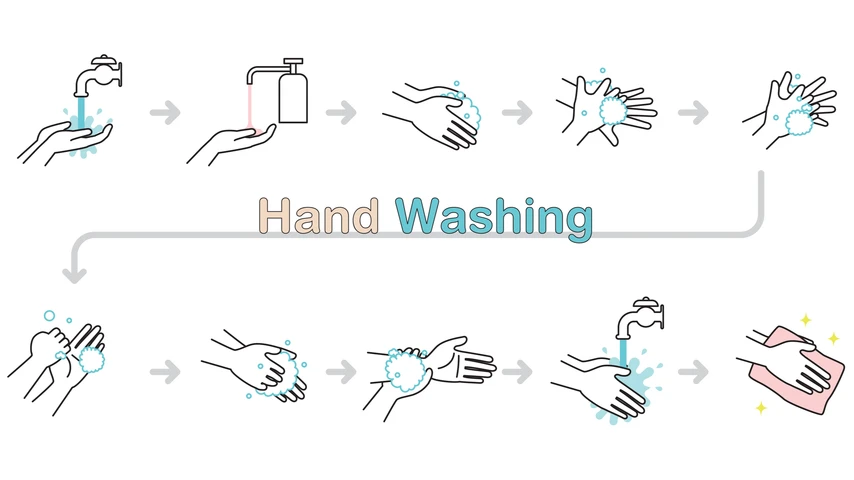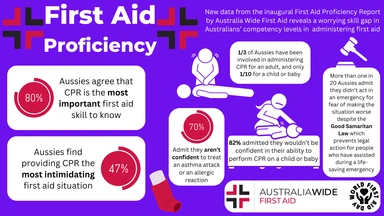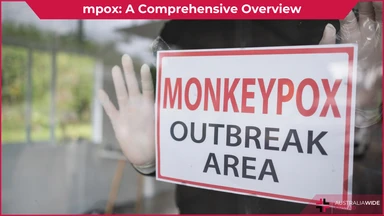The rise of Invasive strep A and what this means for Australian children


The sharp rise in Invasive strep A (iGAS) in Australia has alarmed doctors and health authorities.
The trend has also been seen worldwide and is appearing predominantly in children. Outbreaks of iGAS are likely to occur in childcare centres, hospitals and aged care facilities. Strep A bacteria is the villain virus behind mild diseases such as sore throats and school sores (a skin infection that can cause blisters). However, the invasive version of iGAS is just as deadly as meningococcal.
Continue reading for more information about iGAS, what it is and how to prevent and treat it.
To learn more about how to proactively manage the wellbeing of yourself and your loved ones, attend a general or childcare first aid course.
Found around the throat and skin, Group A Streptococcus is a common bacteria. Some people carry it without knowing, and it is passed between people through direct contact of fluid discharges, or infected wounds.
Sharing household items like plates, cups or toys, is not a major way the disease spreads.
When Group A Streptococcus bacteria infect someone and cause illness it is commonly referred to as ‘strep throat’, the bacteria can also infect the skin and cause open wounds.
Generally, symptoms are mild and any illness passes quickly. If persistent, antibiotics may be prescribed by a doctor. However, if strep A bacteria reaches the blood, deep muscle, fat tissue or the lungs a much more serious infection can occur. This is called invasive Group A Streptococcal (iGAS).
IGAS is when strep A bacteria reaches and infects the blood (sepsis), brain membranes and fluid (meningitis) and lungs (pneumonia). Depending on where the infection is, symptoms can include:
Seek immediate medical attention if you or a child develop any of these symptoms. IGAS may also cause other severe diseases such as toxic shock syndrome, flesh-eating disease, and the infection of the uterus in women who have recently given birth.
It is not yet clear as to why iGAS cases are increasing, but academics suggest it may be to:
A doctor will test for strep A bacteria after examining the throat or sores. A round of antibiotics can treat iGAS infections. It is advised to isolate for a day if you are diagnosed with iGAS.

Preventing iGAS means stopping the spread of strep A bacteria. This can be done by simply washing your hands with soap and water and keeping wounds clean and covered until they heal. Ensuring good hygiene between children is important in preventing bacterial infection, particularly in childcare centres.
See your doctor if a sore throat or wound does not seem to heal within a few days. Treating the infection with antibiotics before it becomes invasive is another important step to preventing iGAS.
There has been a sharp rise in iGAS infections in Australia, predominantly in children. iGAS occurs when the bacteria that causes strep A infects the blood, lungs, or brain tissue.
It can cause serious illness such as sepsis, pneumonia, and meningitis. It can be prevented by washing hands with soap and water and covering wounds while they heal. If infections persist over a few days, visiting your doctor for some antibiotics can be another step to preventing strep A bacteria from turning invasive.
To learn more about how to proactively manage the wellbeing of yourself and your loved ones, attend a general or childcare first aid course.

September 16, 2024
New data reveals nearly half of Aussies lack the CPR knowledge to save a life. In fact, new data from Australia Wide First Aid’s inaugural, First Aid Proficiency Report, reveals only a third of Aussies have ever assisted in providing CPR.

August 23, 2024
The idea of helping someone in an emergency situation often raises concerns about potential legal repercussions. While the desire to assist is strong, many Australians wonder if they could be sued for rendering first aid. This article explores the legal landscape in Australia regarding the liability of individuals who provide first aid assistance.

August 16, 2024
Monkeypox is a rare viral disease that has garnered significant attention due to its similarities with smallpox. Although less severe, monkeypox is a public health concern, particularly in regions where it is endemic.